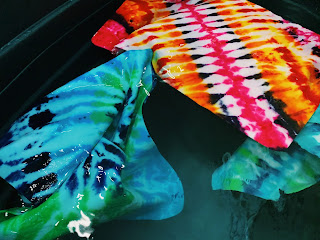Gestalt Principles
On the diving board there is a fulcrum, and the position of the fulcrum for each dive is an essential part of diving. Depending on how strong a diver is and what their jump and hurdle looks like, divers move the fulcrum to specific point in order to catch the board at the right time. According to Lupton and Phillips, “we separate figures (forms) from the space, color, or patterns that surround them (ground, or background)” (99). In the first image I took the picture from above the fulcrum in order to include the pool deck tiles. This creates a clear distinction between positive and negative space. Lupton and Phillips also said, “creating ambiguity between figure and ground can add visual energy and surprise to an image or mark” (99). In the second image I did not have the fulcrum in the center of the image and I also included part of the diving board at the top part of the image. Since there is not much of a distinction between the positive and negative space, this creates more ambiguity between the figure and the ground.
As stated by Lupton and Phillips, “in the act of perception, the brain puts together past experience and immediate sensory input in order to successfully navigate the environment” (100). By taking close-up images of the fulcrum on the board, which is not something that many people are familiar with, I created ambiguity within the images. There are some cues that might lead the viewer to understand that this is a fulcrum on a diving board, like the tile floor background of the pool deck, or the blue color of the diving board, but overall I attempted to distract the viewer from these visual cues in order to take away the viewer's ability to autofill.
https://www.instagram.com/art.ofmovement/
Lupton, Ellen. Graphic Design: the New Basics. 2015.




At a quick glance, your third image looked like the iris of an eye. Until I read what it was and realized I was completely mistaken. Cool shots! I like that they can do this!
ReplyDelete